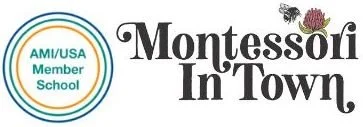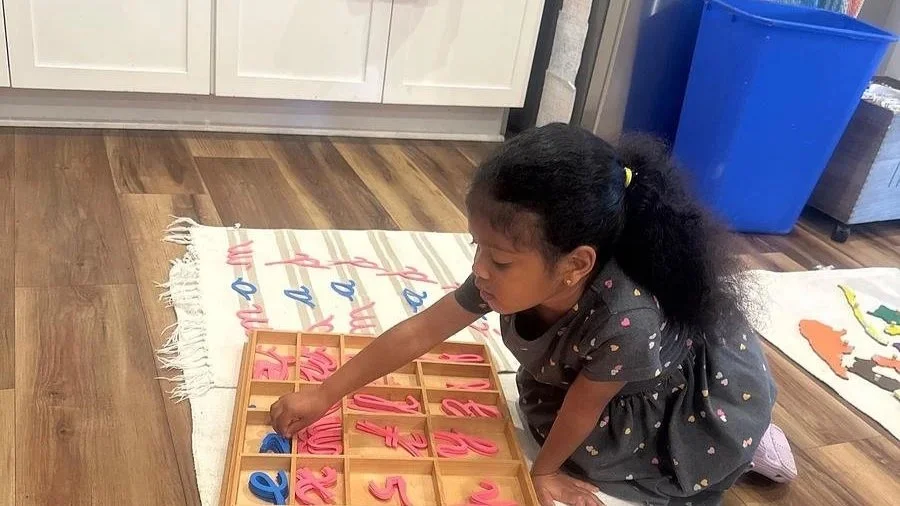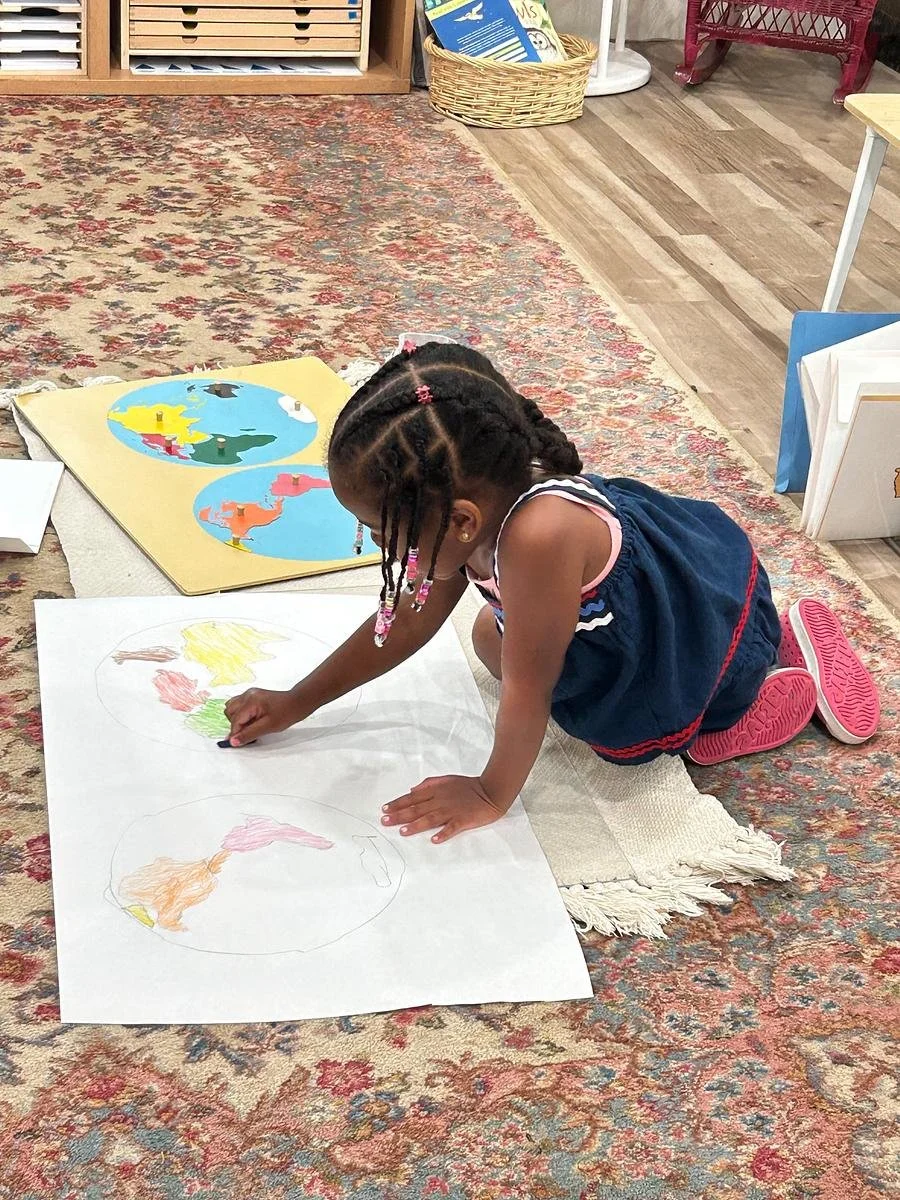The Primary education is a three to four-year program, in which children enter between 3 - 3½ years old and stay through age 6.
Montessori education is a sensorially-based, concrete, “hands-on” approach to learning that leads the child to self-discovery. The Prepared Environment of the Primary program is designed and laid out in a logical, sequential order. The class offers a calm atmosphere, where children’s individual choices are respected and protected. The balance of freedom (to choose) and responsibility (to oneself, to others, and to class rules designed to promote and protect learning) is achieved by careful observation, lesson giving, and intervention, when necessary, by teachers.
The Primary curriculum is interdisciplinary and interactive. It includes five broad areas.
Practical Life includes tasks of daily living, such as dressing oneself, caring for plants, washing clothes, preparing snack, and polishing materials in the class. It is here that a child learns to work in an orderly, systematic way. The child develops concentration and strengthens the hand in preparation for cursive writing. Exercises of Grace and Courtesy show children how to be part of polite society: how to shake hands with a visitor, how to get someone’s attention, etc.
Sensorial: Children are bombarded by a cacophony of sensory stimulation from birth. During the Primary stage, children are shown precise, beautiful materials, which are designed to isolate one quality, such as size, for an example. The Pink Tower is made up of ten pink cubes varying in size. The three year old builds the tower with the largest cube on the bottom up to the smallest cube on top. The cubes are all the same texture, shape and color. They only vary in size. These exercises allow the child success in organizing the many sense impressions he or she has been exposed to already. All the senses are represented in this area. Successive lessons are given to the child as they show mastery of the first, gradations and comparisons and precise language are given to enhance their budding discriminatory skills.
Language: Spoken language, vocabulary enrichment is developed through everyday opportunities including language lessons (names of materials in classroom, furniture, etc.) story telling, discussions, poetry and singing. A phonetic approach to reading and development of cursive handwriting skills are hallmarks of the Montessori educational approach. Aural development precedes an introduction to symbols, following the progression throughout the curriculum.
Mathematics: Children are introduced to mathematical, algebraic and geometric concepts within the Sensorial area. By age four they are then ready to work with numbers 1 to 10, by way of an introduction to the decimal system. Through manipulation of three-dimensional materials and in small group lessons, the young five year olds add, subtract, multiply and divide. Eventually they work alone, with paper and pencil, memorizing tables and moving towards an abstract understanding of the processes first met concretely.
Geography, Biology, Botany, Zoology, Art, Music, and Movement are integrated into the everyday curriculum. With beautiful wooden puzzle maps of all the continents the child begins to learn of physical geography. Studies and celebrations of cultures and peoples around the world, often presented by parents and outside visitors, are on going throughout the school year. Creative and nature based art studies enhance children’s native thirst to express themselves. Music and movement are explored through exposure to great musicians, creative movement, story telling, acting, and self-expression. Opportunity for outdoor play and gardening, nature observation are everyday experiences.
Math Skills
Through manipulation of three-dimensional materials and in small group lessons, the young five year olds add, subtract, multiply and divide.
We have three mixed-age Primary classrooms at Montessori In Town.
Children begin between 3 - 3½ years old and remain in the same class through 6 years old
(or what would traditionally be their kindergarten school year). Young 1st graders will also often stay in Primary for a final semester.












